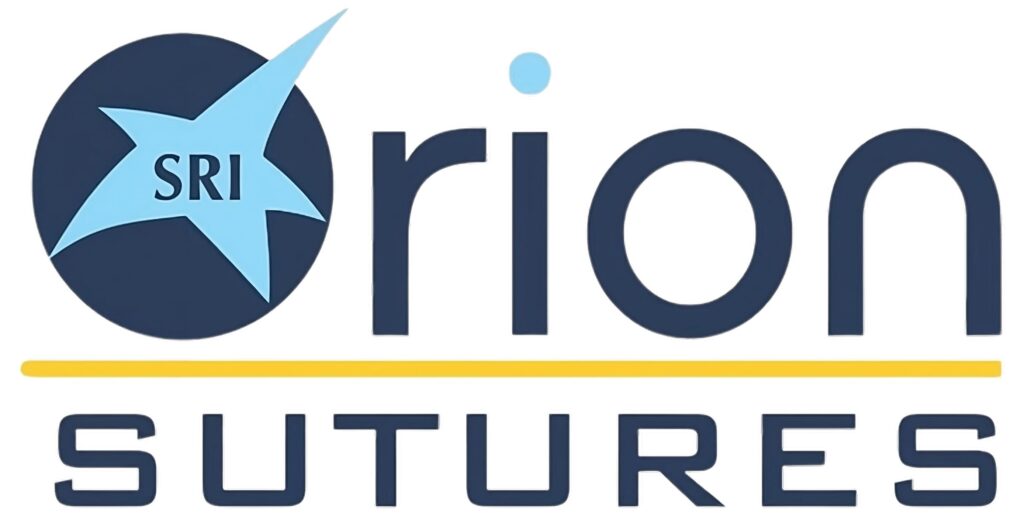Surgical site infections (SSIs) are a common complication following surgical procedures. SSIs increase morbidity, mortality, and healthcare costs. Infection prevention is, therefore, a critical concern for surgeons and healthcare providers. One of the most effective strategies to reduce the risk of SSIs is the use of polyglycolic acid sutures.
Surgical Sutures
Surgical sutures are medical devices used to close wounds following surgical procedures. They come in different sizes, shapes, and materials, and their choice depends on the type and location of the wound, as well as the patient’s condition. Sutures can be classified into absorbable and non-absorbable types. Absorbable sutures are made from materials that can be absorbed by the body over time, while non-absorbable sutures are made from materials that the body cannot absorb.
The Role of Sutures in Reducing SSIs
Sutures play a crucial role in reducing SSIs. They help to close the wound, promote healing, and prevent the entry of microorganisms that cause infections. The use of sutures ensures that the wound edges are in close proximity, which promotes healing by secondary intention. The suture material used also influences the risk of SSIs. For instance, absorbable sutures are associated with a lower risk of SSIs than non-absorbable sutures, as they are less likely to provide a site for bacterial growth.
Types of Sutures and their Effect on SSIs
The choice of suture material is critical in preventing SSIs. Several factors influence the choice of suture material, including the type and location of the wound, the patient’s condition, and the surgeon’s preference. The following are some of the most commonly used suture materials and their effect on SSIs.
Absorbable Sutures: Absorbable sutures are made from materials that are absorbed by the body over time. The body breaks down these materials, and they are eliminated through natural body processes. Absorbable sutures are commonly used for internal wounds or those that are difficult to access. They are associated with a lower risk of SSIs, as they do not provide a site for bacterial growth.
Non-Absorbable Sutures: Non-absorbable sutures are made from materials that the body cannot absorb. They are commonly used for external wounds or those that are easily accessible. Non-absorbable sutures are associated with a higher risk of SSIs, as they can provide a site for bacterial growth.
Monofilament Sutures: Monofilament sutures are made from a single strand of material. They are less likely to harbor bacteria and, therefore, associated with a lower risk of SSIs. Monofilament sutures are commonly used for delicate tissues or those that require minimal tissue reaction.
Multifilament Sutures: Multifilament sutures are made from multiple strands of material. They are associated with a higher risk of SSIs, as they can harbour bacteria in the spaces between the strands. Multifilament sutures are commonly used for tissues that require a stronger suture.
Conclusion
In conclusion, the use of polyglycolic acid suture vicryl plays a crucial role in reducing the risk of SSIs. Sutures help to close wounds, promote healing, and prevent the entry of microorganisms that cause infections. The choice of suture material is critical in preventing SSIs, and factors such as the type and location of the wound, the patient’s condition, and the surgeon’s preference influence the choice of suture material.

